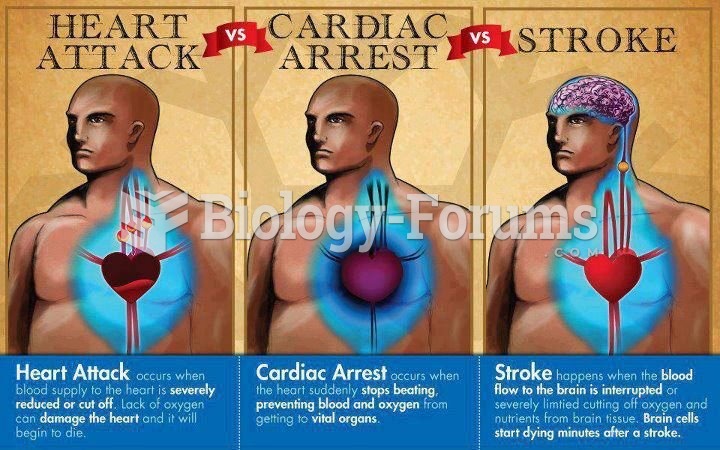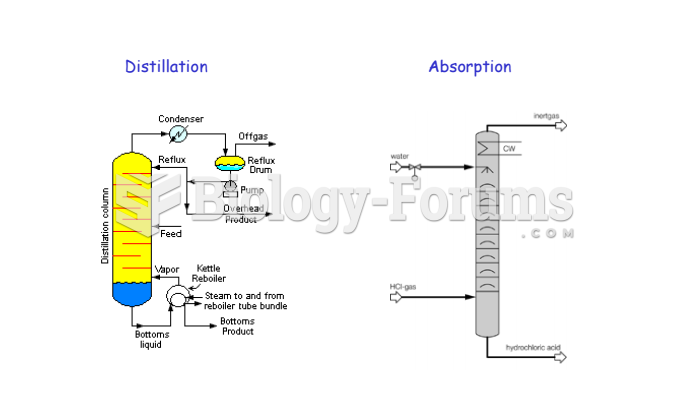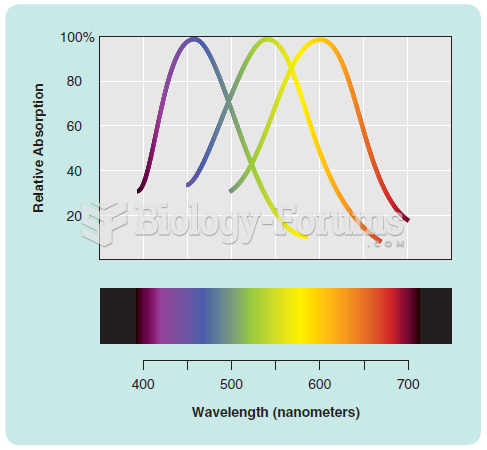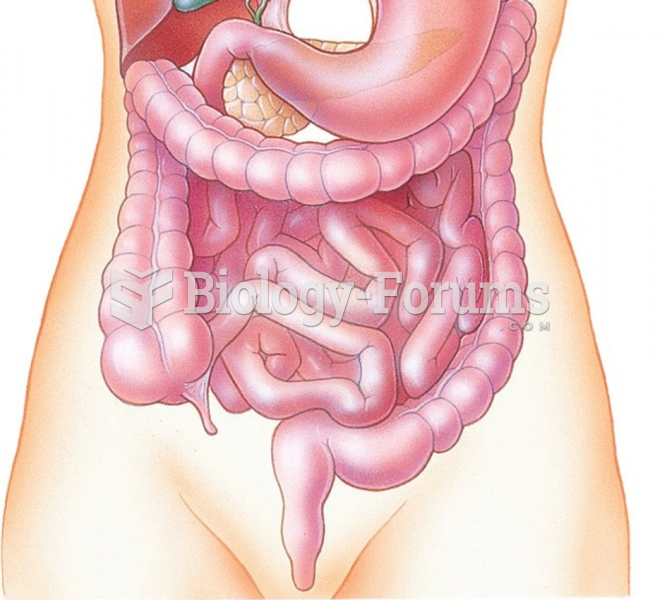Answer to Question 1
Iron absorption depends in part on its dietary source. Iron occurs in two forms in foods: as heme iron, which is found only in foods derived from the flesh of animals, such as meats, poultry, and fish and as nonheme iron, which is found in both plant-derived and animal-derived foods. On average, heme iron represents about 10 percent of the iron a person consumes in a day. Even though heme iron accounts for only a small proportion of the intake, it is so well absorbed that it contributes significant iron. About 25 percent of heme iron and 17 percent of nonheme iron is absorbed, depending on dietary factors and the body's iron stores. In iron deficiency, absorption increases. In iron overload, absorption declines.
Heme iron has a high bioavailability and is not influenced by dietary factors. In contrast, several dietary factors influence nonheme iron absorption. Meat, fish, and poultry contain not only the well-absorbed heme iron, but also a peptide (sometimes called the MFP factor) that promotes the absorption of nonheme iron from other foods eaten at the same meal.
Vitamin C (ascorbic acid) also enhances nonheme iron absorption from foods eaten at the same meal by capturing the iron and keeping it in the reduced ferrous form, ready for absorption. Some acids (such as citric acid) and sugars (such as fructose) also enhance nonheme iron absorption. Some dietary factors bind with nonheme iron, inhibiting absorption. These factors include the phytates in legumes, whole grains, and rice; the vegetable proteins in soybeans, other legumes, and nuts; the calcium in milk; and the polyphenols (such as tannic acid) in tea, coffee, grain products, oregano, and red wine.
The many dietary enhancers, inhibitors, and their combined effects make it difficult to estimate iron absorption. Most of these factors exert a strong influence individually, but not when combined with the others in a meal. Furthermore, the impact of the combined effects diminishes when a diet is evaluated over several days. When multiple meals are analyzed together, three factors appear to be most relevant: MFP factor and vitamin C as enhancers and phytates as inhibitors.
Answer to Question 2
Overall, about 18 percent of dietary iron is absorbed from mixed diets and only about 10 percent from vegetarian diets. Vegetarian diets do not have the benefit of easy-to-absorb heme iron or the help of the MFP factor in enhancing absorption.
Vegetarians need 1.8 times as much iron to make up for the low bioavailability typical of their diets. Good vegetarian sources of iron include soy foods (such as soybeans and tofu), legumes (such as lentils and kidney beans), nuts (such as cashews and almonds), seeds (such as pumpkin seeds and sunflower seeds), cereals (such as cream of wheat and oatmeal), dried fruit (such as apricots and raisins), vegetables (such as mushrooms and potatoes), and blackstrap molasses.







